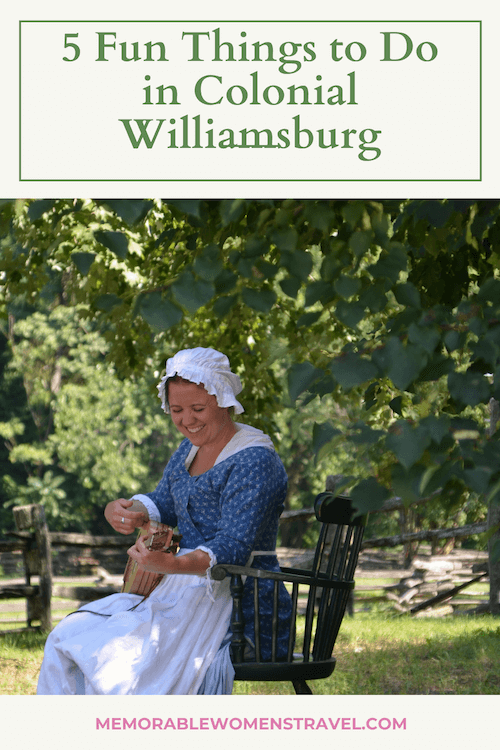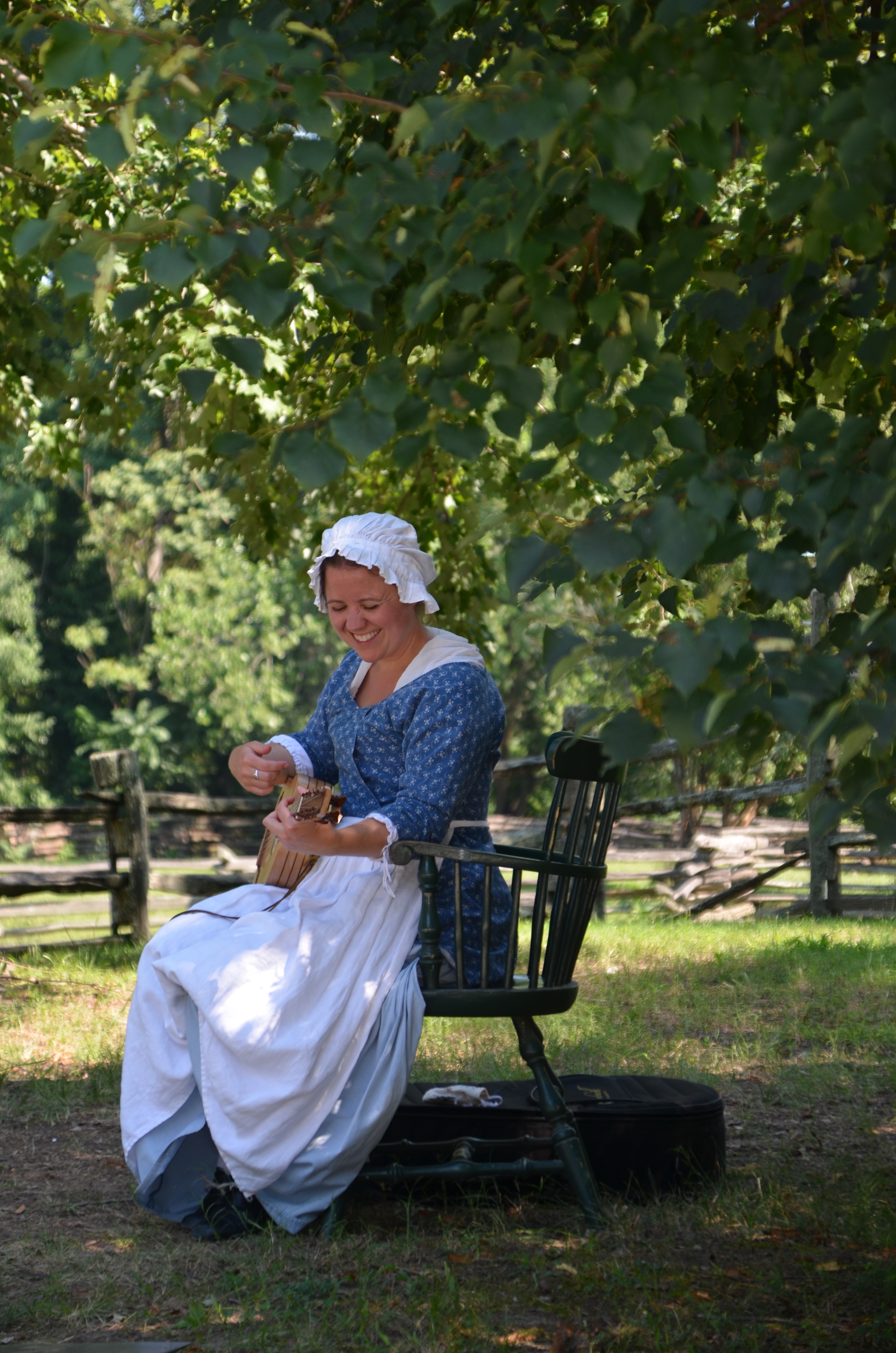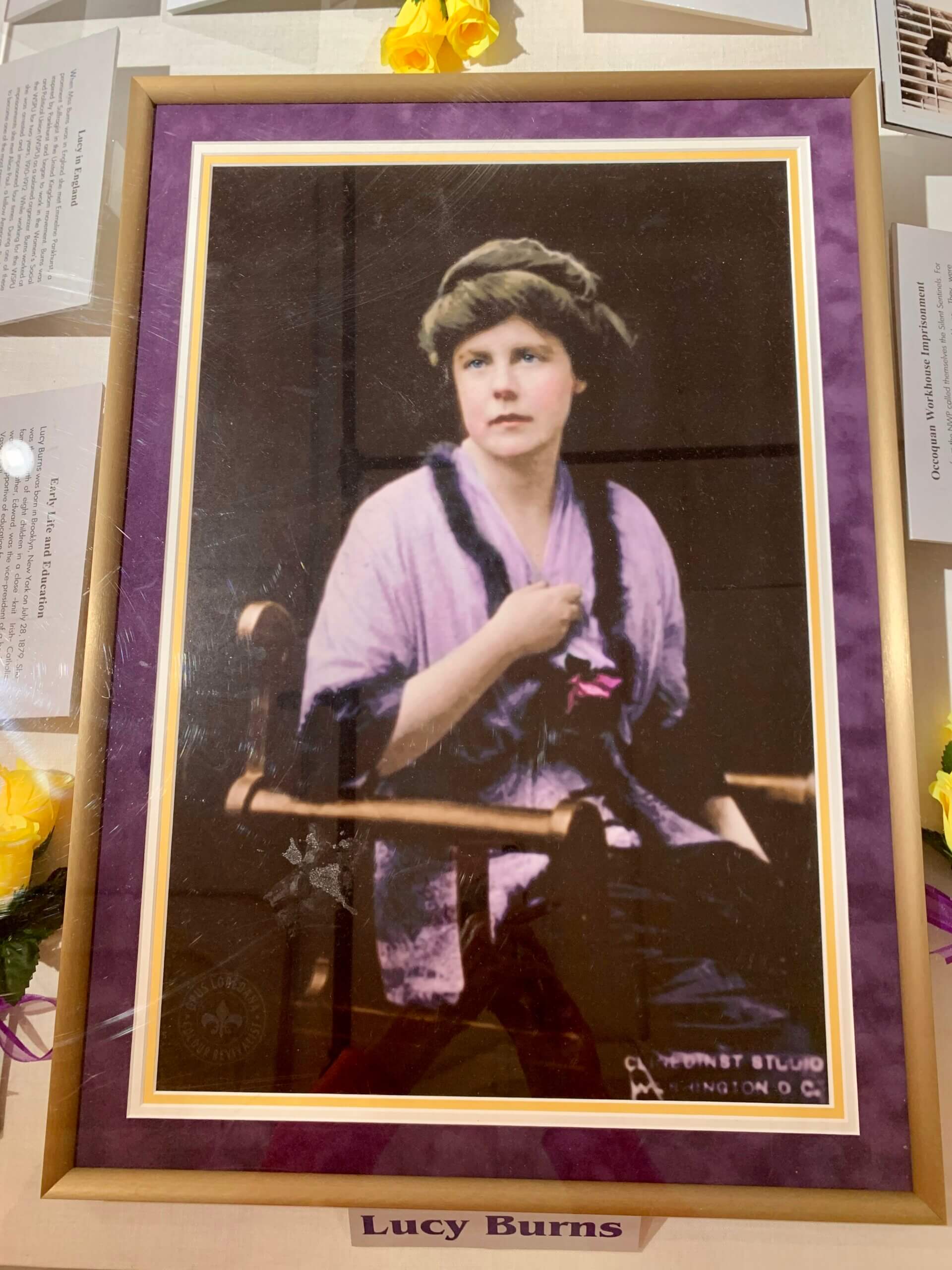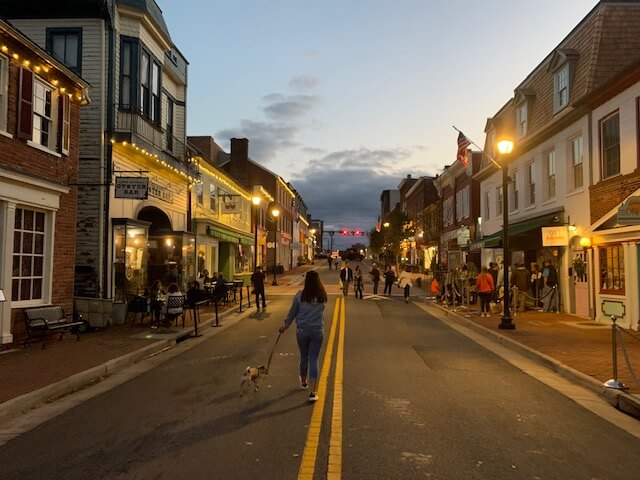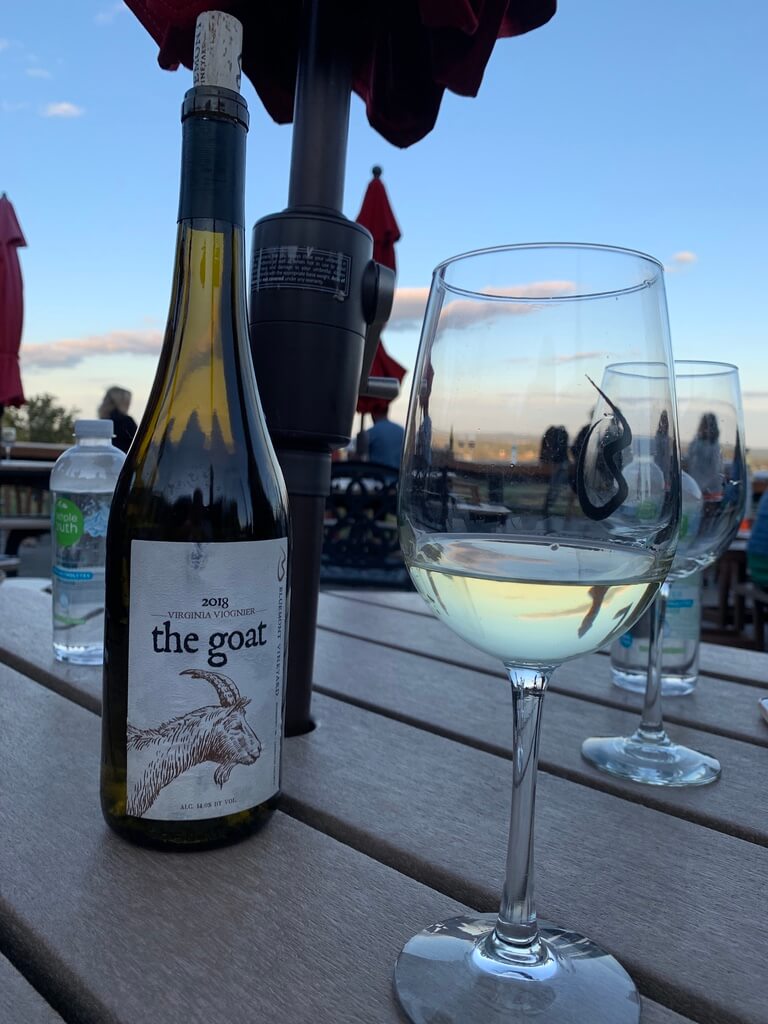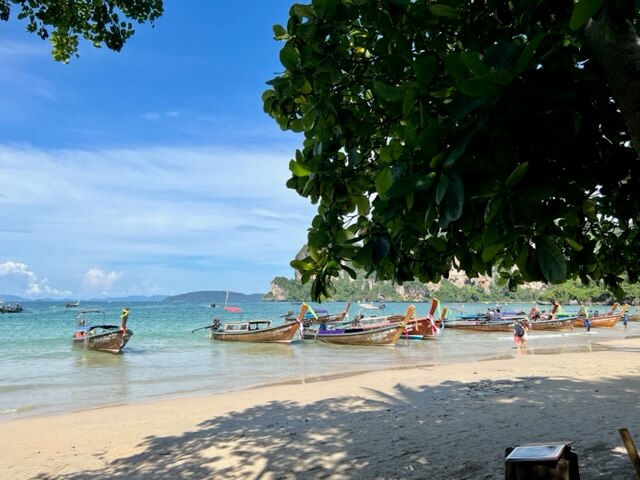Once you step off the Visitor’s Center shuttle, you’ll think that you’ve time traveled. No, really. Colonial Williamsburg looks and sounds almost exactly the way it did in the 18th century. Between the well preserved buildings and knowledgeable costumed staff, your visit to this vivid slice of American history will provide memories for a lifetime. You’ll also enjoy capturing a wide variety of Instagram and Facebook worthy photos to share. Here are 5 Fun Things to Do in Colonial Williamsburg, VA.
TABLE OF CONTENTS
- Tour Historic Buildings
- Stroll Through Hidden Gardens
- Find Unique Gifts in the Shops on Duke of Gloucester Street
- Marvel at Richly Endowed Art Museums
- Sleep in Luxury at Historic Lodging
- How to Order Colonial Williamsburg Tickets
- Travel to Colonial Williamsburg, VA
- Things to Do Near Colonial Williamsburg
Tour Historic Buildings
The first of the 5 Fun Things to Do in Colonial Williamsburg are all around you when you look down the length of the town. Historic buildings, each with their own story provide a fascinating glimpse into life in the capital of the Virginia colony.
The Governor’s Palace

The official home of the Royal Governors of Virginia is the most visited building in Colonial Williamsburg. Construction of the Governor’s Palace (built in the English Baroque style) began around 1706. From the tall wrought iron gates to the elaborate cornices inside, no expense was spared to showcase the power of the Crown’s representative. Seven royal governors and the first two elected governors (Patrick Henry and Thomas Jefferson) lived here.

Stepping inside the front foyer, you immediately notice the grand display of guns and swords over the doorway. Beautifully displayed by a decorator, it’s a visible nod to the need to be ready at any moment for a call to arms in Colonial times. I love the glass wall sconces which most likely glowed with locally made candles each evening.
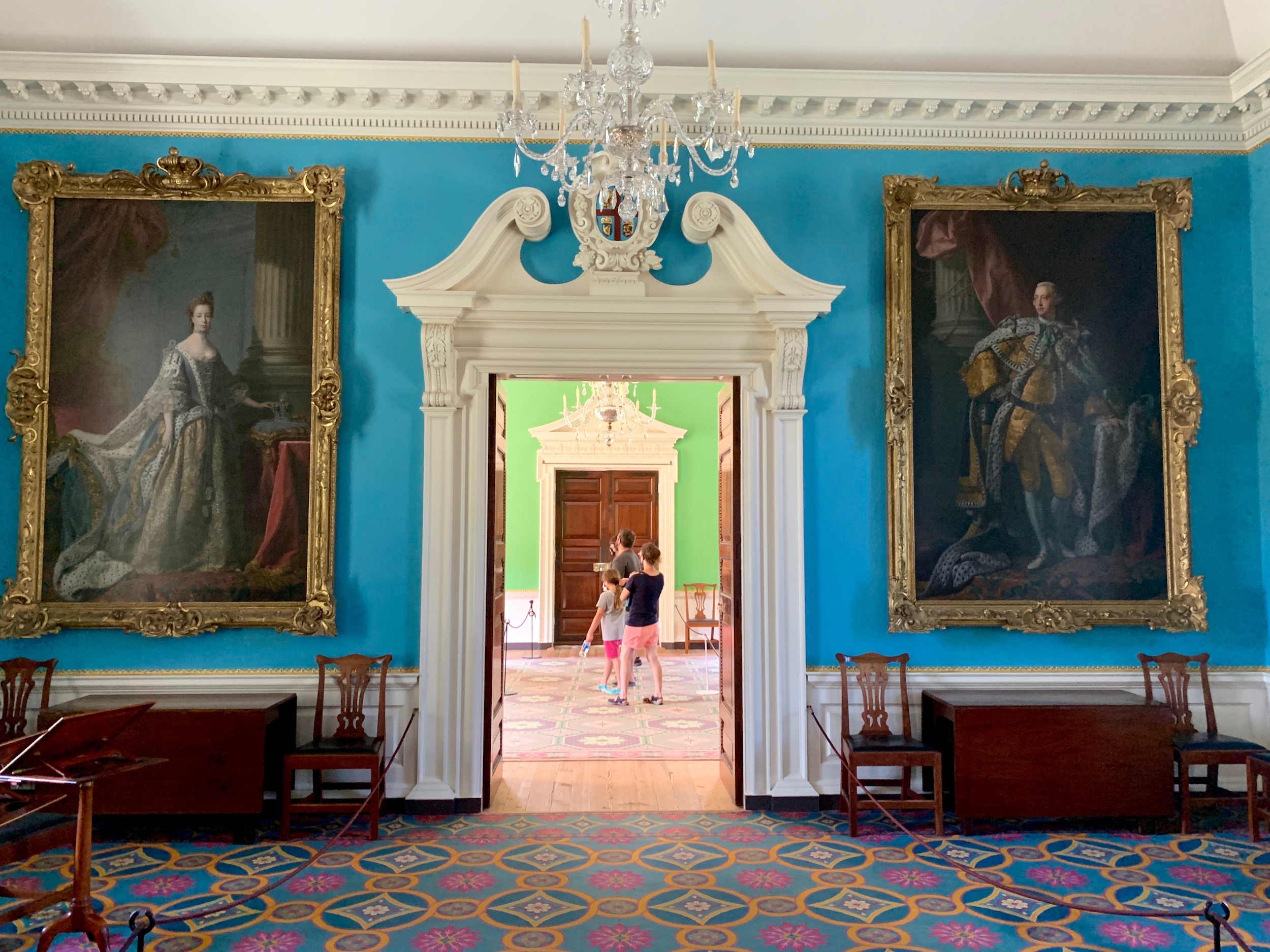
The next room you see is this one. You can’t help but notice the period authentic (1700s) bright colors of the blue and green rooms when you enter. They provide a nice contrast to the dark wood furniture and large doors. The chandelier and patterned carpet are gorgeous in person.
In the foreground, the vivid blue room with gold edging along the chair rail is the ballroom. In those days, guests actually danced on the carpeting. The huge portraits on the wall are of the King George III and his queen, Charlotte, who reigned during that time period. Visitors were reminded that the Crown was always watching over them.
The green room in the background was the supper room, whose doors would be opened to guests for a meal at the end of an evening of dancing. The doors at the end of the green room open out to the formal gardens.
The Courthouse
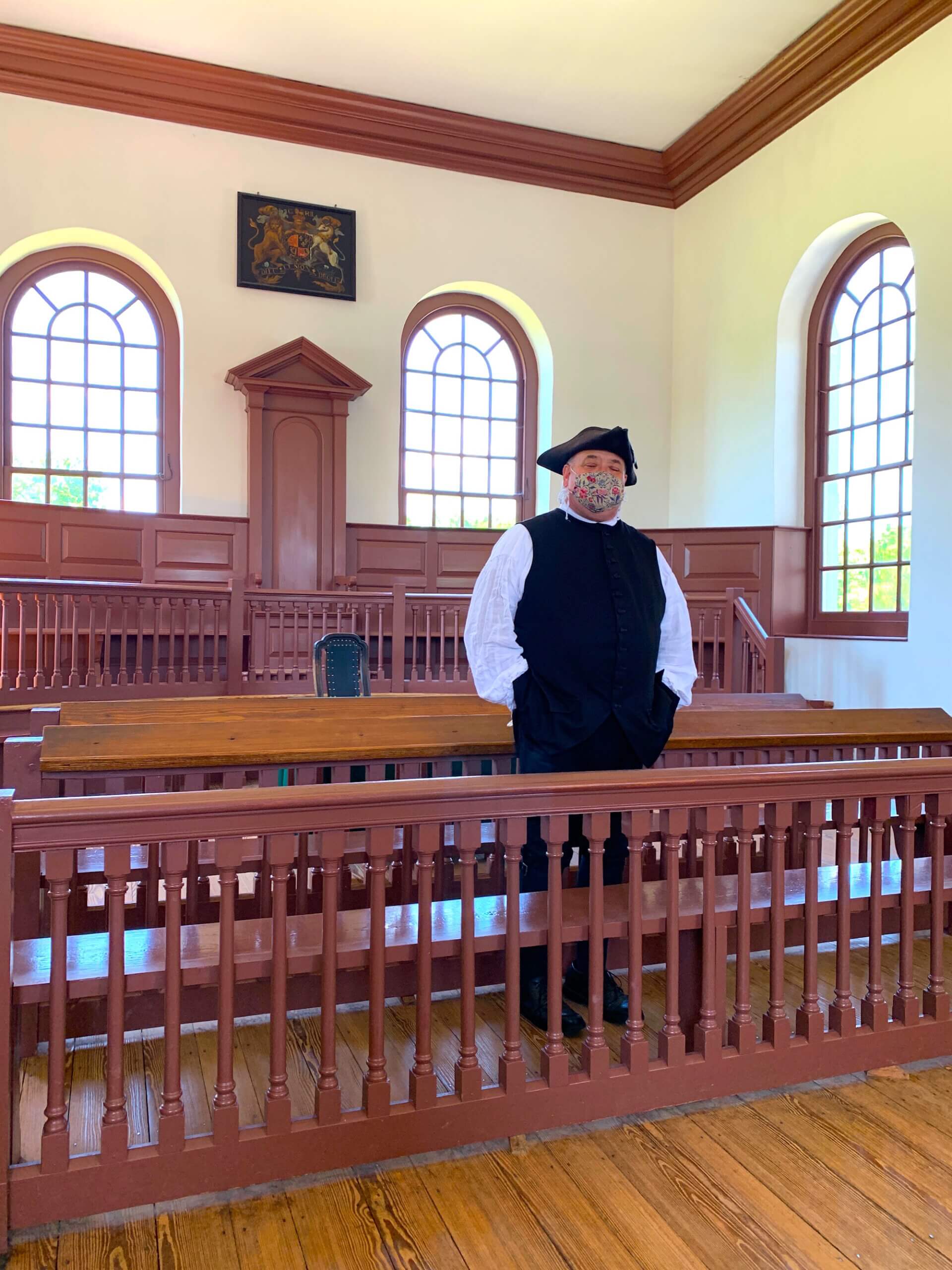
The next most popular historic building is the Courthouse. Prior to the pandemic, visitors could participate in mock trials based on real cases found in the historical records. You might be chosen to be part of the jury, as the plaintiff or the defendant. Costumed staff would play the role of lawyers and the judge, in addition to providing the history of the building and the case. A single staffer tells the audience history now.
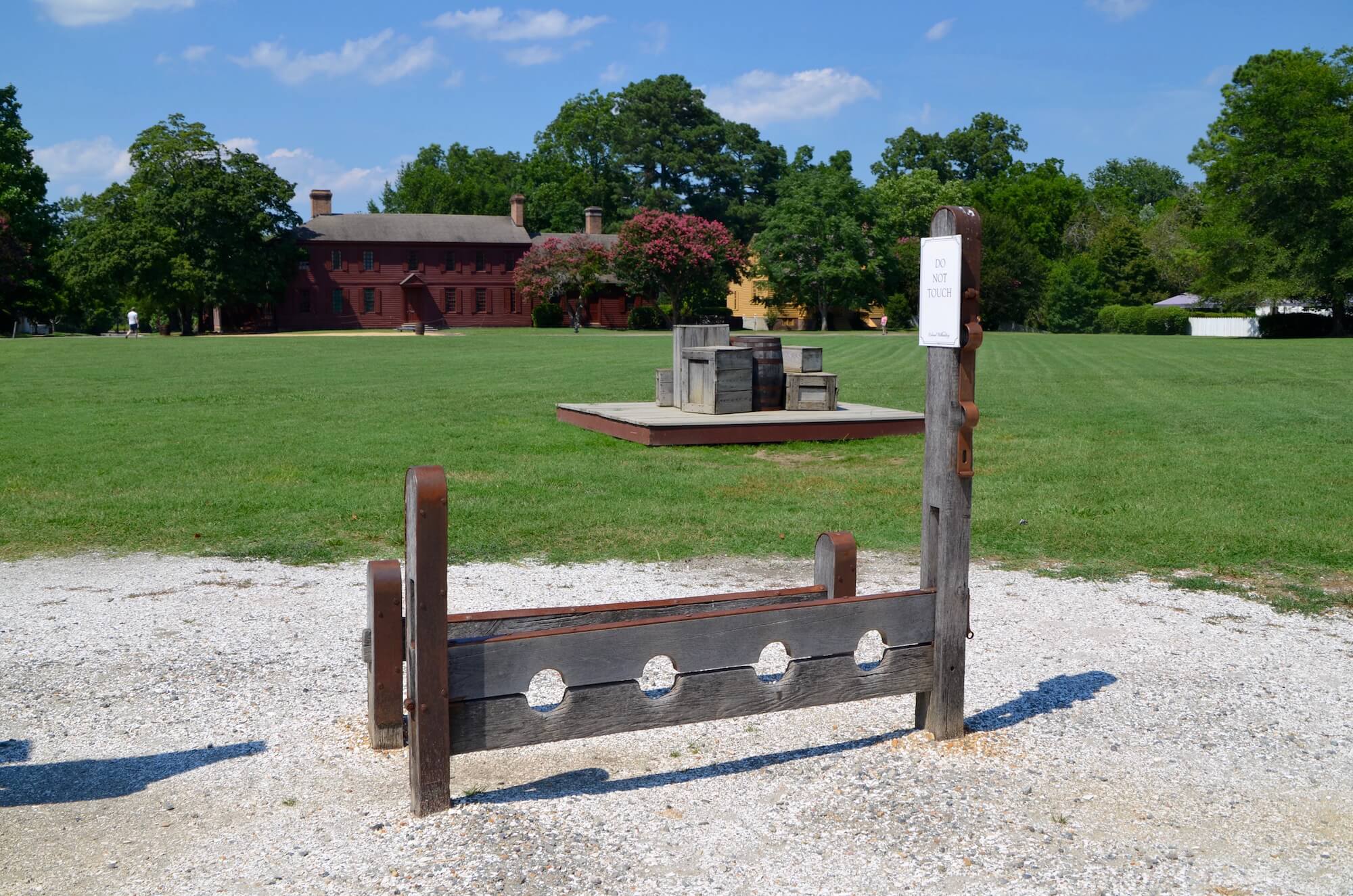
The stockades, located just outside of the Courthouse, were used for punishment of minor crimes such as being drunk or cursing in public, or for failing to attend church services. Today, it’s a huge photo stop for tourists.
Gaze at The College of William & Mary
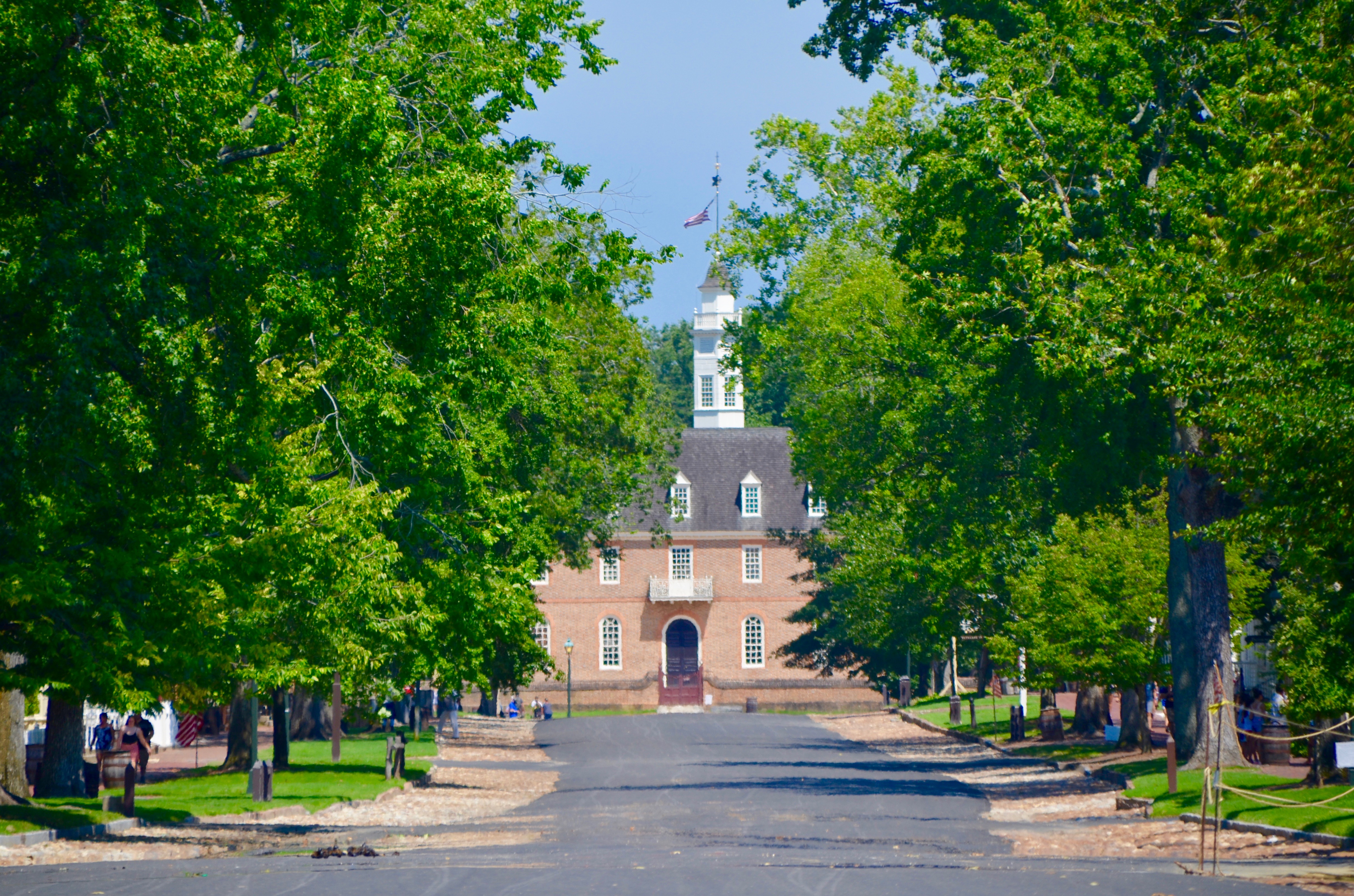
Looking towards the end of the Colonial Williamsburg main street, you notice the the entrance to William & Mary.
The college of William & Mary, named for the reigning joint monarchs of England, King William III and Queen Mary II, was built in the late 1600s. It is the second oldest college in the United States (after Harvard) and is still in operation today. A number of presidents and signers of the Declaration of Independence were educated there. A school of higher learning was an early goal for the Virginia colonists and they achieved it with funding through a royal decree from the King.
Stroll Through Hidden Gardens
The second of the 5 Fun Things to Do in Colonial Williamsburg required great planning and lots of labor. Formal gardens were a standard feature of wealthy homes for centuries. My favorite garden in Colonial Williamsburg is a little bit hidden but well worth the stroll behind the George Wythe house.
George Wythe House and Gardens
Declared a National Historic Landmark in the 1970s, this red brick building was originally built in the 1750s.
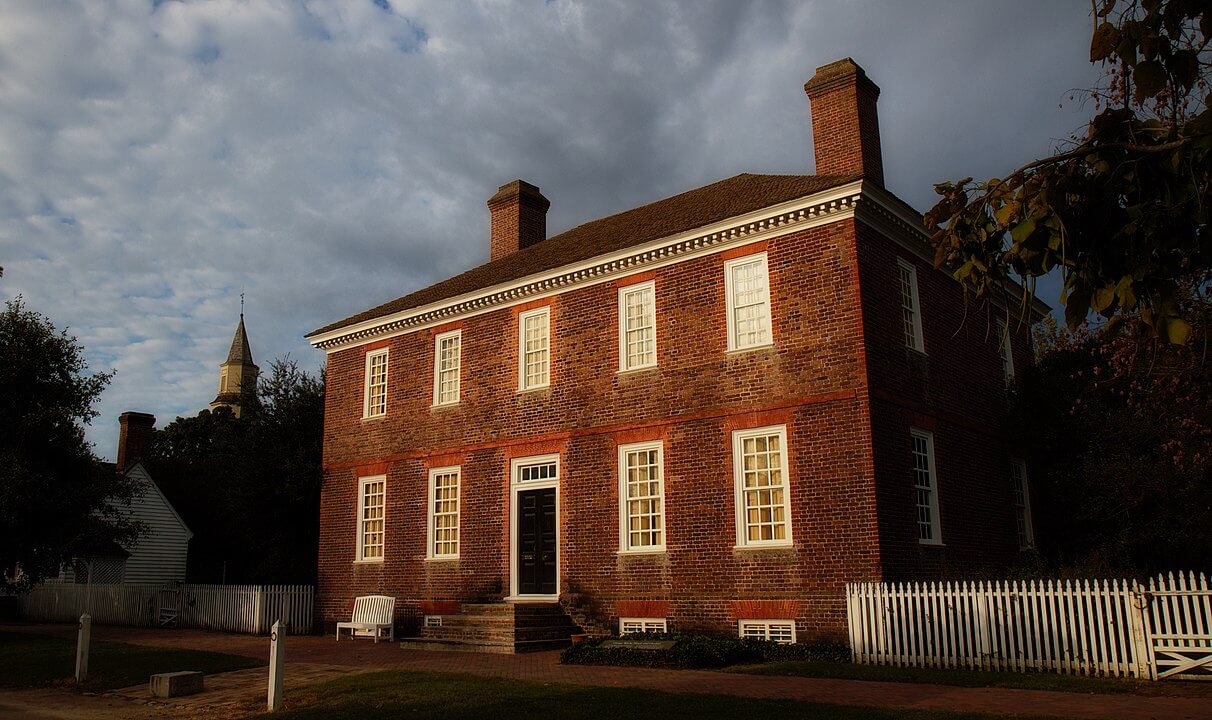
– The George Wythe House Uploaded by Morgan Riley
George Wythe (a signer of the Declaration of Independence) and his bride Elizabeth received this home as a wedding gift from her father. At another moment in the past, the house became the temporary headquarters of General George Washington prior to the battle at Yorktown.
And years later, this private residence was purchased by Bruton Parish church and Reverend Dr. W.A.R. Goodwin had his office here. His vision for a fully restored Colonial Williamsburg may have been born while under this roof.
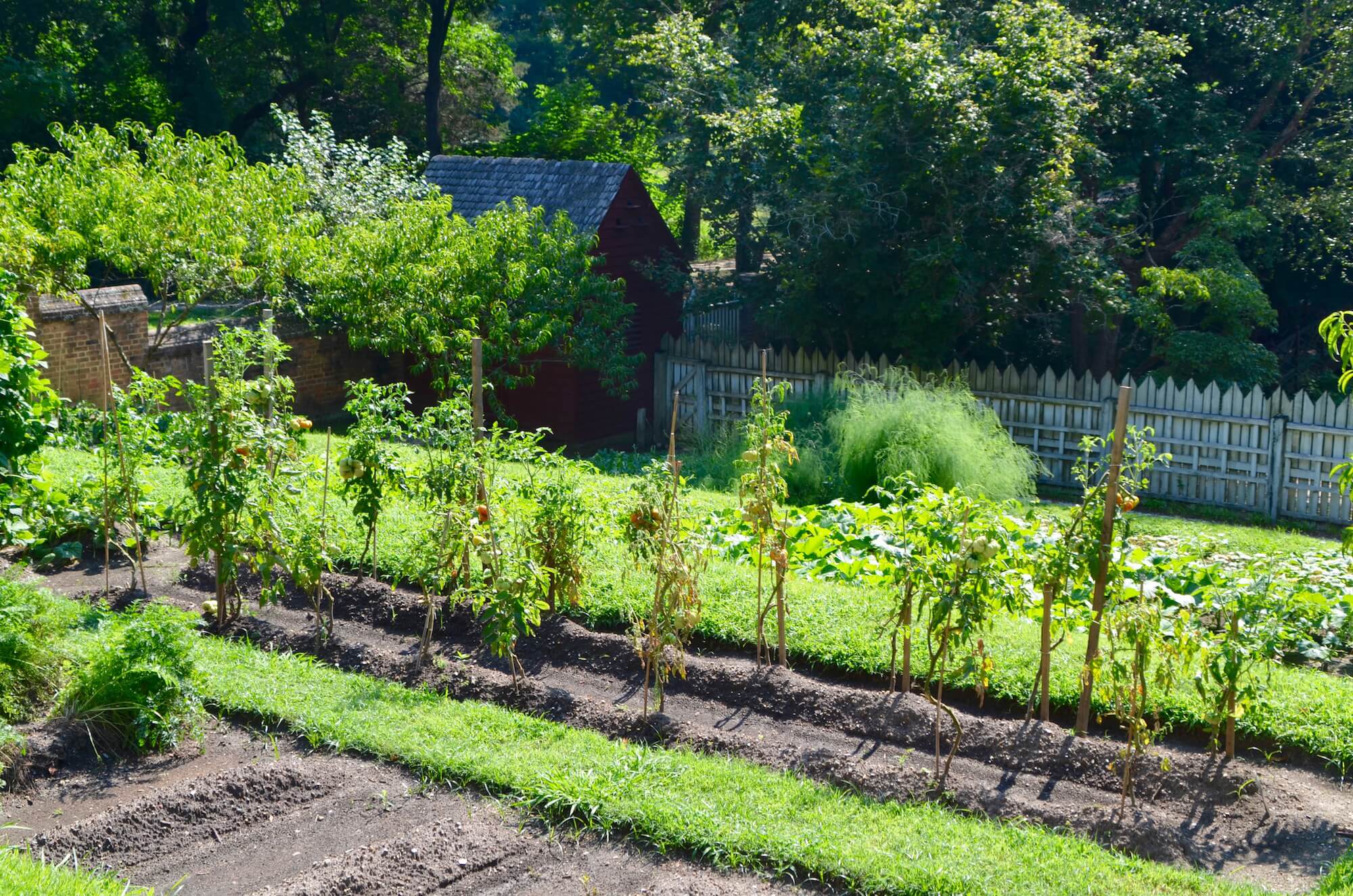
Behind the house there are several outbuildings including a smokehouse and an external kitchen. This small garden is beyond those two and most likely was used by the kitchen staff in meal preparation. If you keep walking a bit farther down the path, you find this beautifully landscaped hidden formal garden.
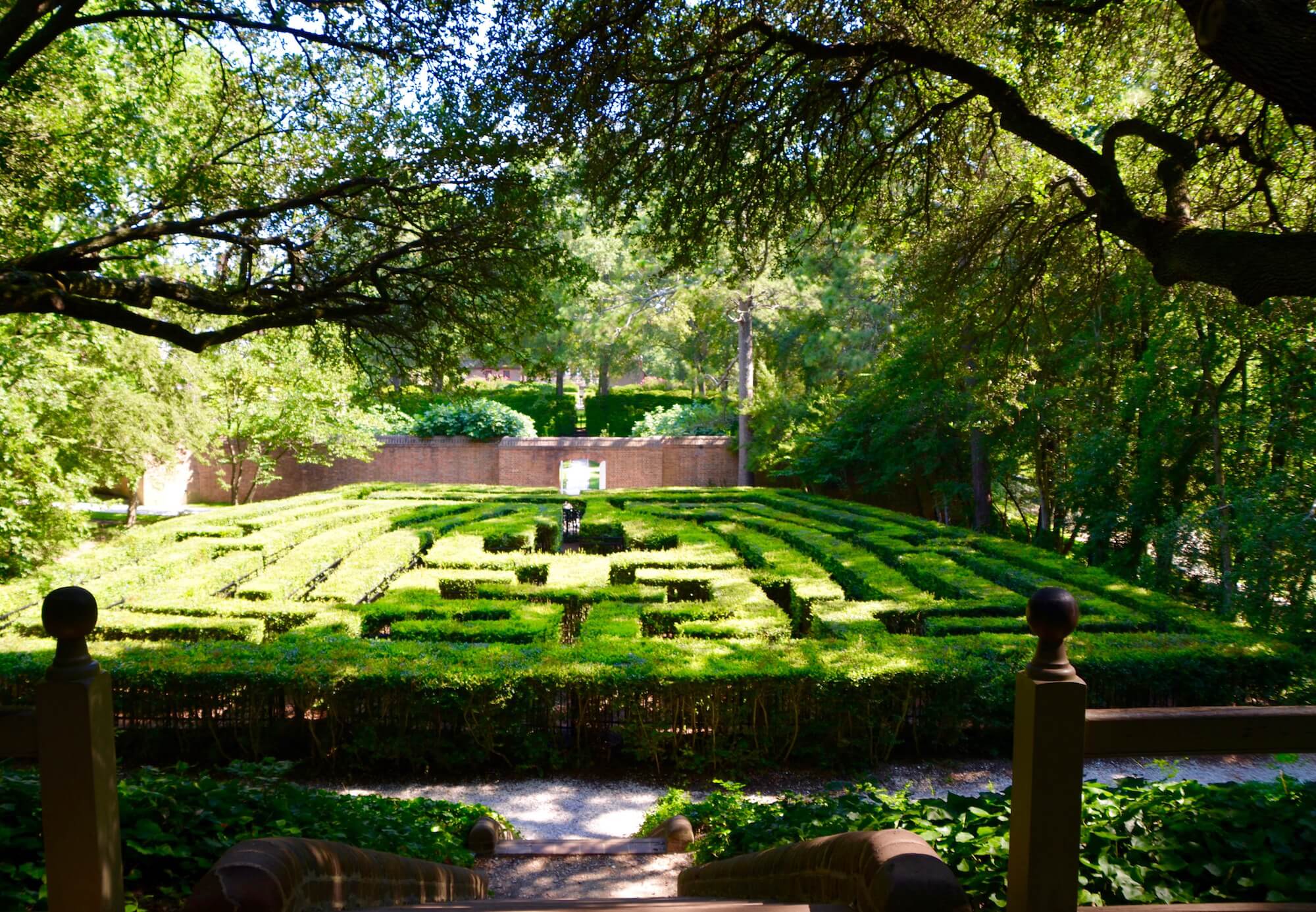
This photo is taken from a tall platform at the end of the garden. Beneath it was the storehouse where food was kept in cool cellars underground. The ornate maze made of boxwoods looks easier to navigate from this viewpoint. It’s actually pretty confusing when you are in the maze.
Find Unique Gifts in the Shops on Duke of Gloucester Street
The third of the 5 Fun Things to Do in Colonial Williamsburg provides a great way to find cute mementos from your visit. Just like today, the locals only had to walk down main street (named the Duke of Gloucester Street) to buy goods. Today tourists can purchase period gifts to take home to friends and family.
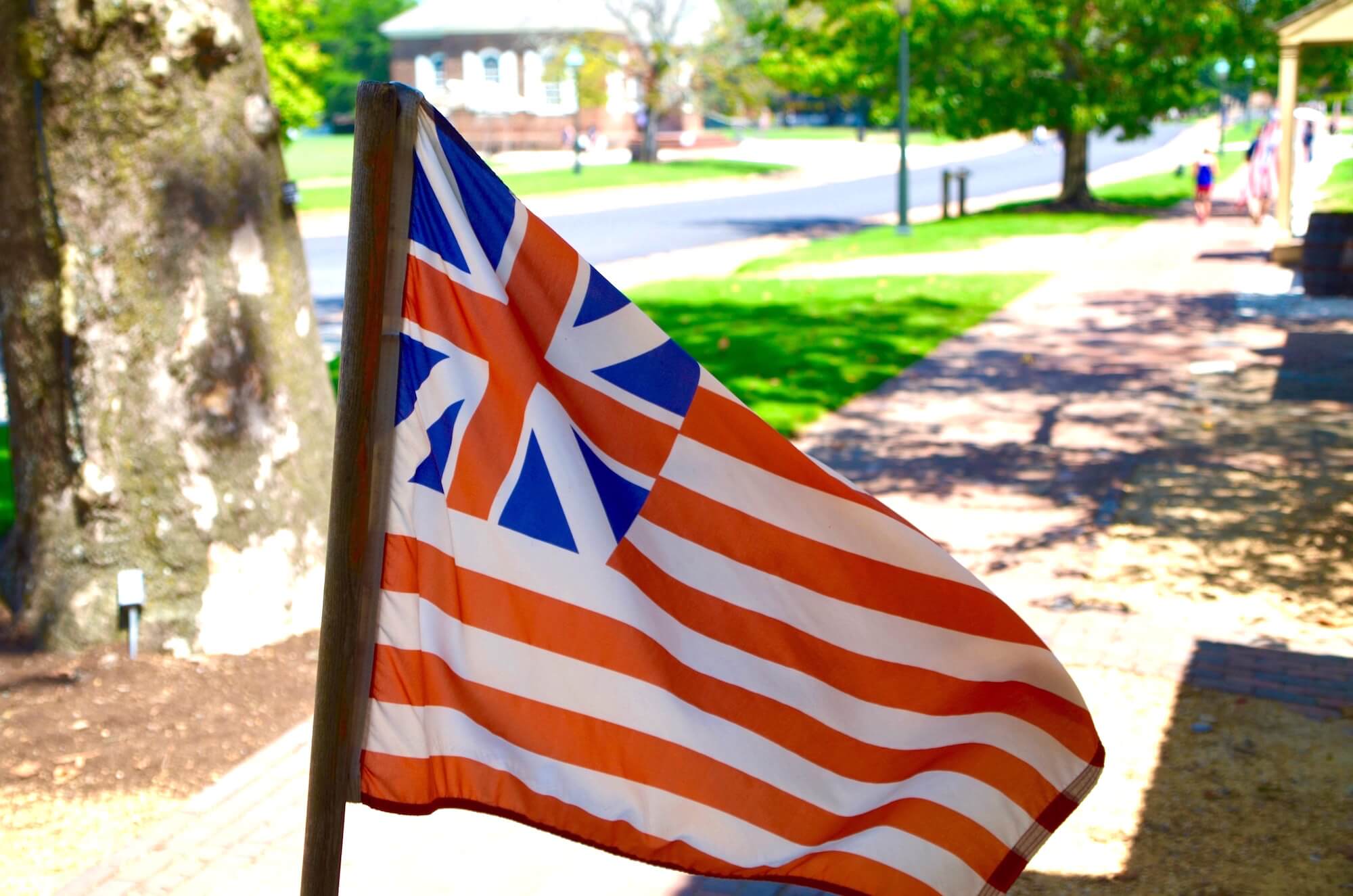
The brightly colored Grand Union flag (combining the stripes of the 13 colonies with the British Union Jack flag in the corner) is a vivid marker inviting visitors to come and shop.
John Greenhow Store
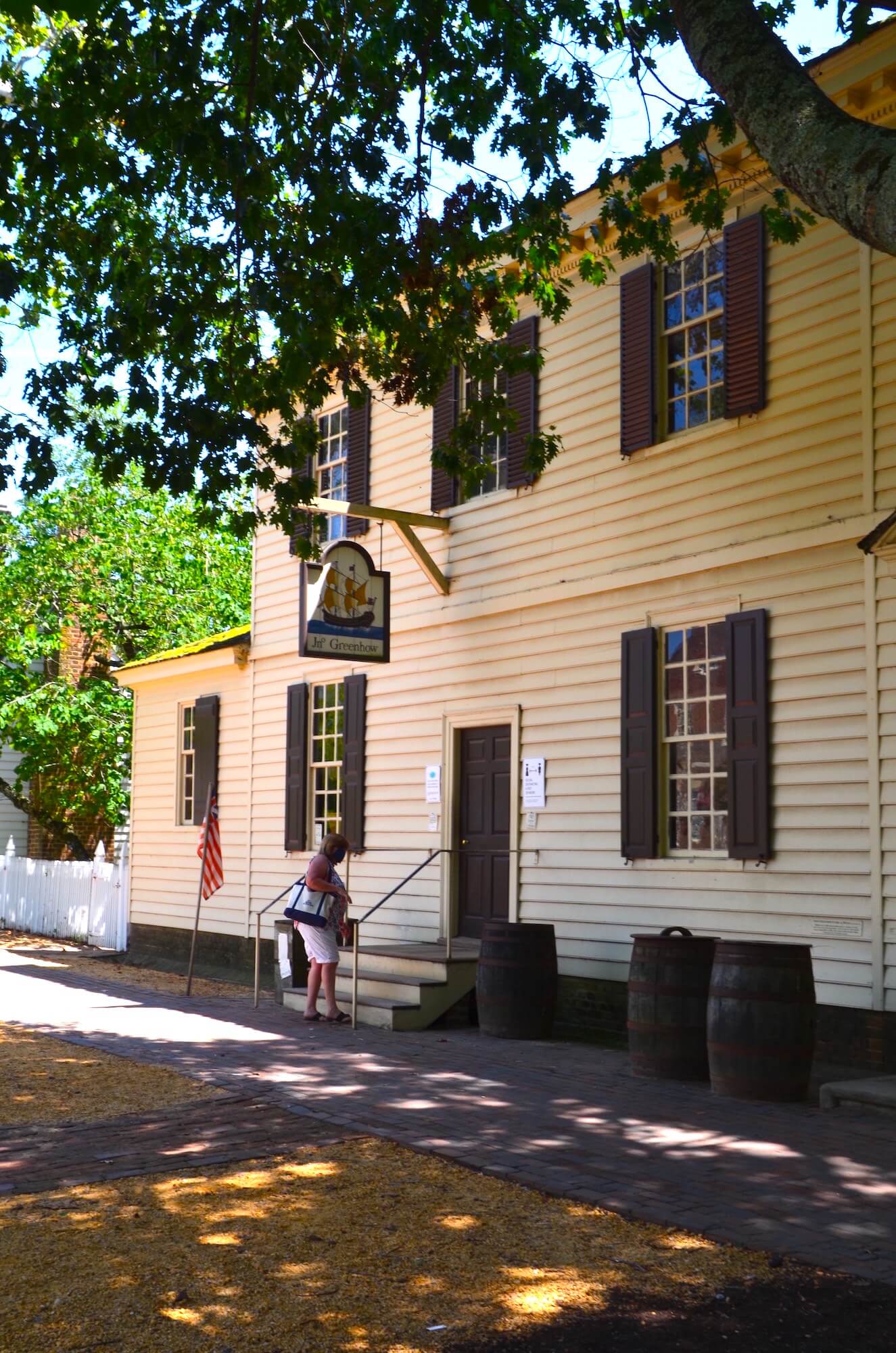
Every town in that era had a General Store and John Greenhow’s market filled that niche. Dry goods including leather, pottery, tinware, imported porcelain, and toiletries were (and are still) sold here.

I love the way items are displayed in period containers such as woven baskets and wooden bins. The Williamsburg Pottery Outlet in downtown Williamsburg was always a nice stop on the trip home. Many of the items there were probably modeled after real items sold here.

From strikers with curled ends (to light fires) to soap balls, there’s something for everyone.

The Weaver’s Shop
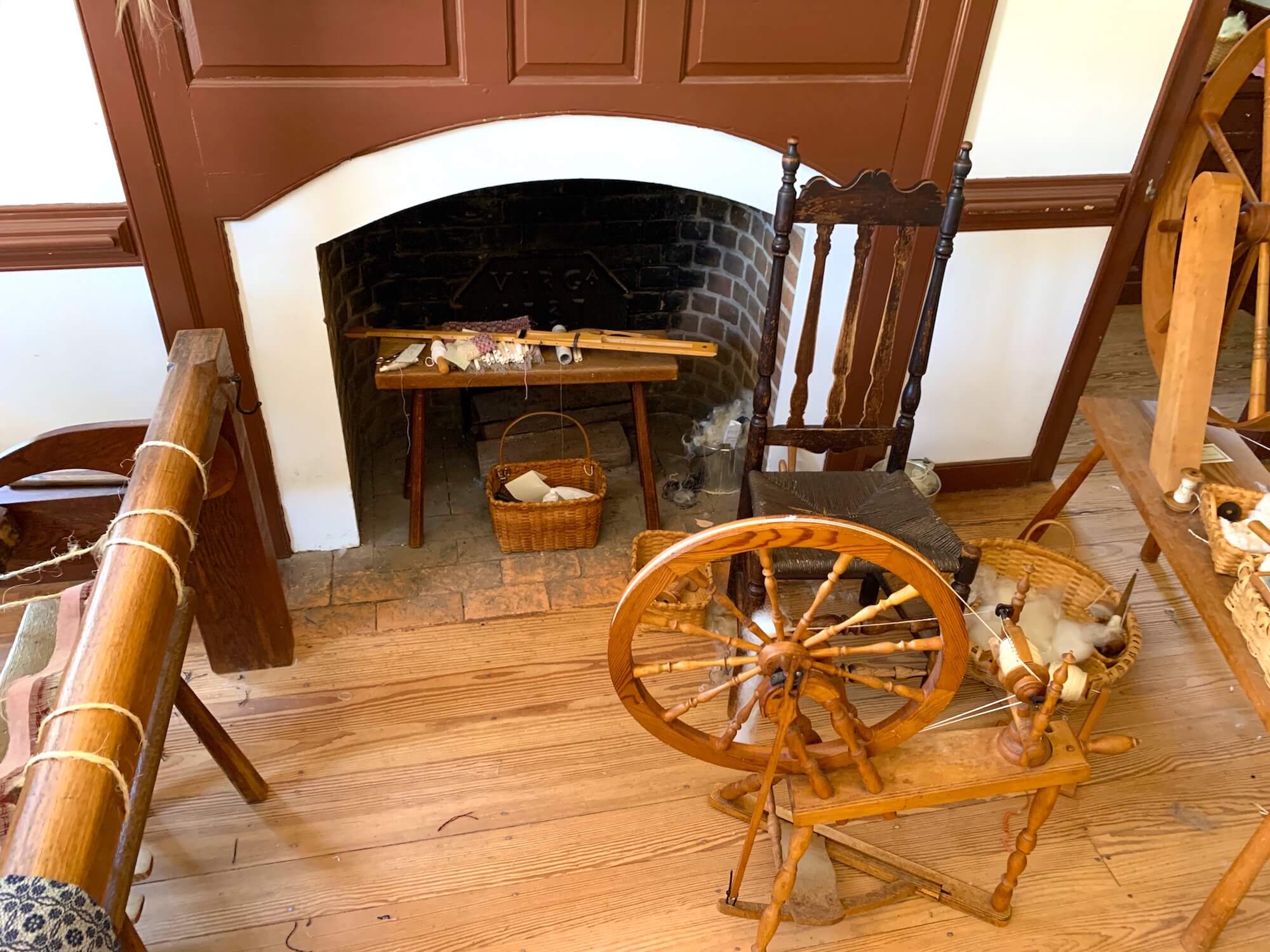
Over time, the colonists grew less dependent on goods from the British by having shops with tradespeople create what they needed in town. Inside, you notice a wide number of textile production tools. The Weaver’s Shop showcased many replicas of Colonial era tools like spinning wheels, looms, and drying racks.

When you visit, the staff in the Weaver’s Shop explain the long process involved in gathering the wool, cotton and flax, carding the tangled masses with tools to separate the dirt and stray bits of debris from the fibers, and spinning the fibers into skeins of yarn.
The next step in the process was to dye the yarn using various natural products to get the bright colors. Yellow comes from onions, red from cochineal bugs, brown from tea, etc. In another room, the video shows a live demonstration of a different kind of spinning wheel.
The Shoemaker’s Shop
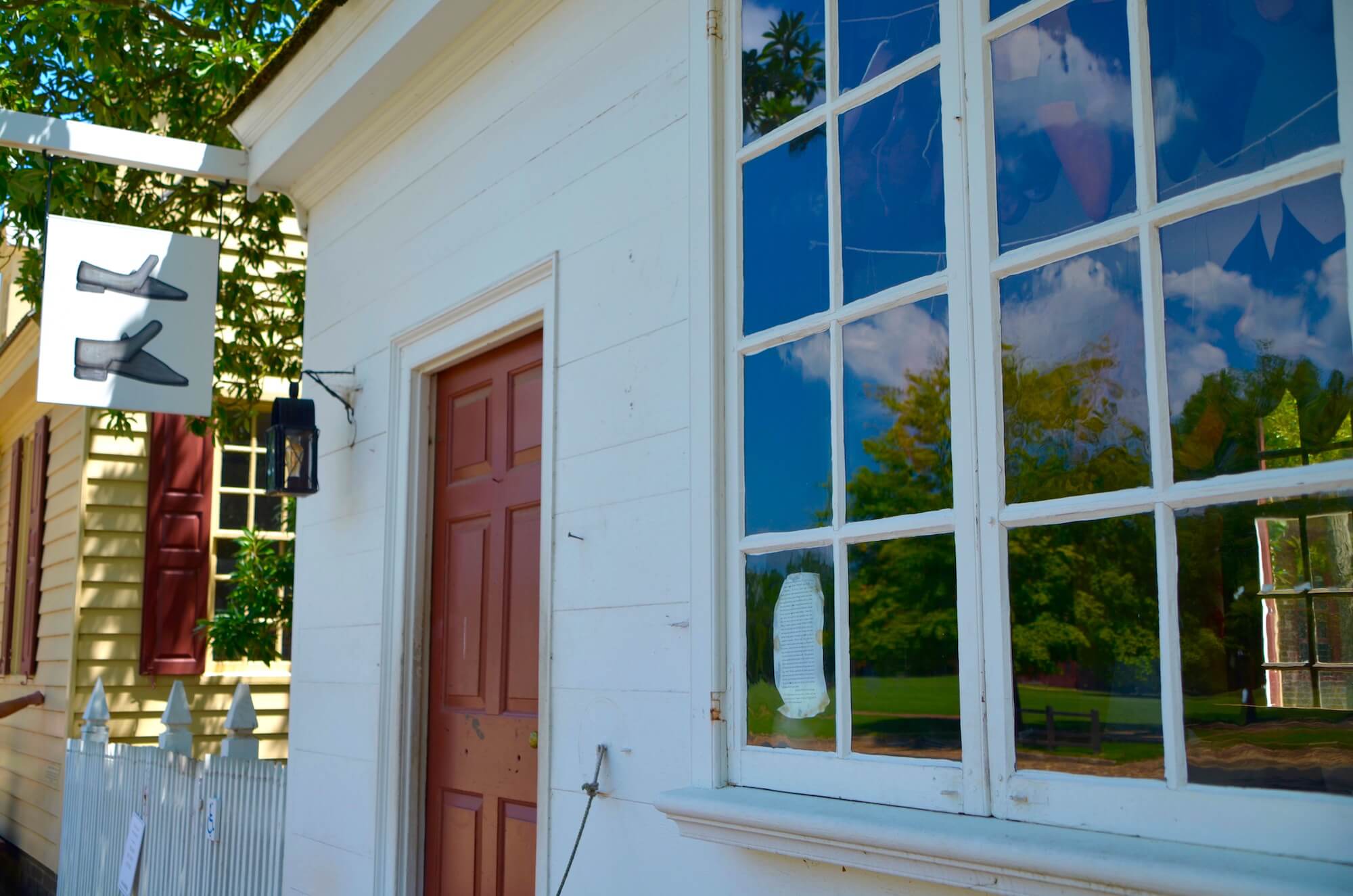
In the next shop over, you can peer inside and see many rows of Colonial shoes. Although the store was closed the day we visited, the sign on the window said the shop belonged to George Wilson in the pre-war years of 1773-1774. The YouTube video below narrated by costumed Colonial Williamsburg staff tells the full story of the shop.
Marvel at the Richly Endowed Art Museums
The fourth of the 5 Fun Things to Do in Colonial Williamsburg has its own bit of history. The existence of today’s Colonial Williamsburg is due to the clever fundraising efforts of a William & Mary professor, Reverend Dr. W.A.R. Goodwin.
The Reverend was also the rector of Bruton Parish Church in Williamsburg. In the early 1920s, he reached out to multi-millionaire John D. Rockefeller, Jr. and his wife Abby of New York, and invited them to Virginia to see his newly restored church.
Pointing out that Williamsburg had fallen into disrepair after the Virginia capitol had moved to Richmond, the Reverend shared his belief that this town would forever be an integral part of American history. .
He also outlined his vision for a massive restoration of Williamsburg to its colonial era glory as the capital of the Virginia colony. The Rockefellers agreed to fund this huge undertaking and work began in 1927.
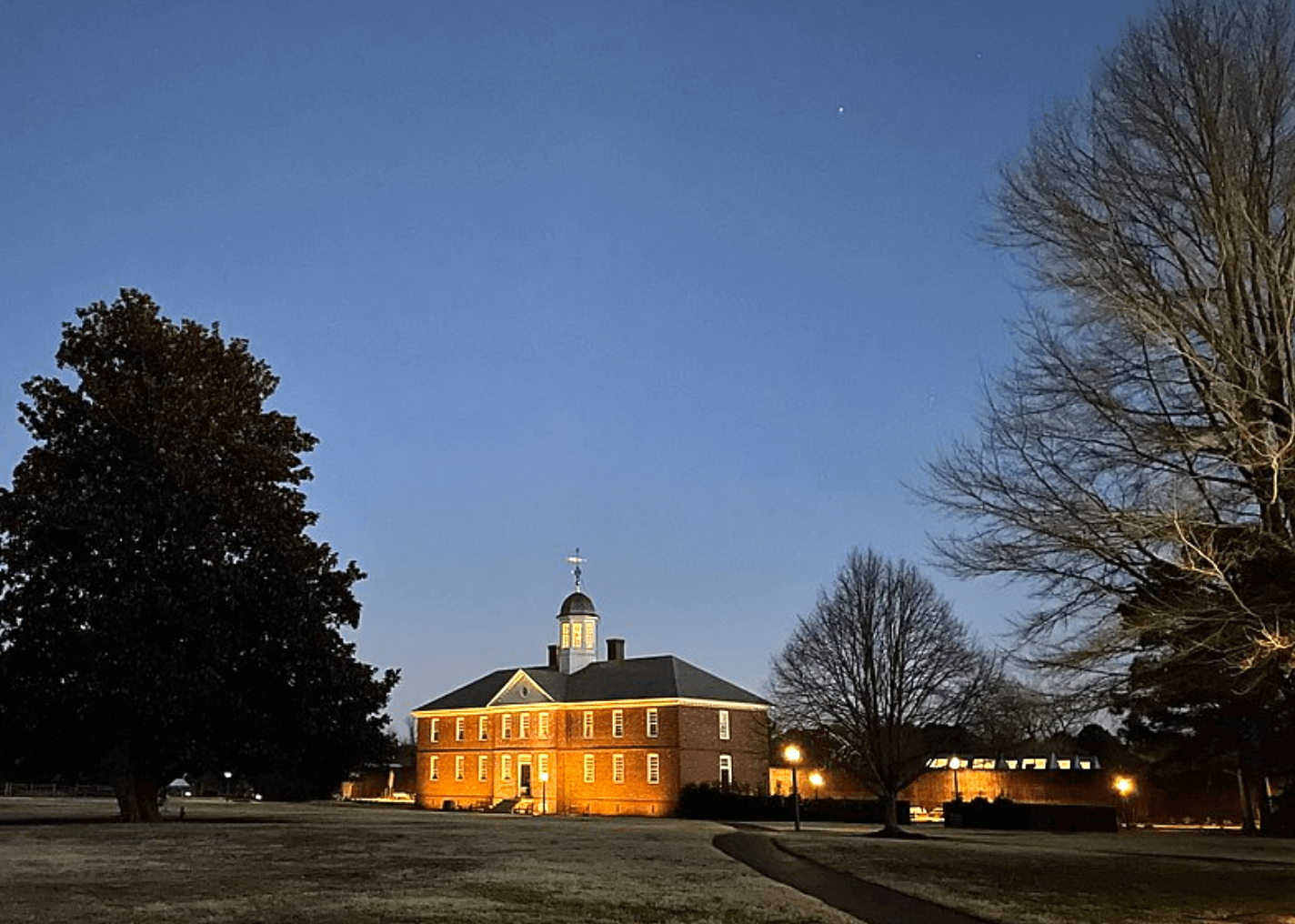
Abby Aldrich Rockefeller Folk Art Museum
A lifelong patron and lover of art, Abby Aldrich Rockefeller began her own collection of folk art about the time the Colonial Williamsburg restoration began. Her collection included weather vanes, children’s portraits, shop signs, pottery, quilts and more. Early on in the Colonial Williamsburg restoration, she decided that folk art was an important part of American culture also worth preserving, and donated some of her own folk art pieces which were used as decorations in the taverns.
In 1954, six years after her death, her husband wanted to honor her passion for folk art. John D. Rockefeller, Jr. donated a very generous amount to build the Colonial Williamsburg museum named in her honor. The gift was so large, there was enough money left over for the museum to acquire over 100 objects for the first collection.
In 2006, the museum was relocated from its original location on English Street to its present location when it was combined with the DeWitt Wallace Decorative Arts Museum just outside the historic boundary. Both museums underwent a major upgrade and expansion, adding seven more galleries in 2020, and are jointly known as the Art Museums of Colonial Williamsburg.
DeWitt Wallace Decorative Arts Museum
The generous benefactors of this museum focused on British and American decorative and fine arts from 1670-1840 are DeWitt Wallace and his wife, Lilla Bell Acheson Wallace. They are the founders of the almost 100-year old American general-interest family magazine, Reader’s Digest.
The collections in this museum include silver, paintings, furniture, glass, ceramics, tools, maps, weapons and much more. One interesting note is that the museum is connected by an underground concourse to the Public Hospital of 1773, the nation’s first mental hospital, also funded by the Wallace family.
Sleep in Luxury in Historic Lodging
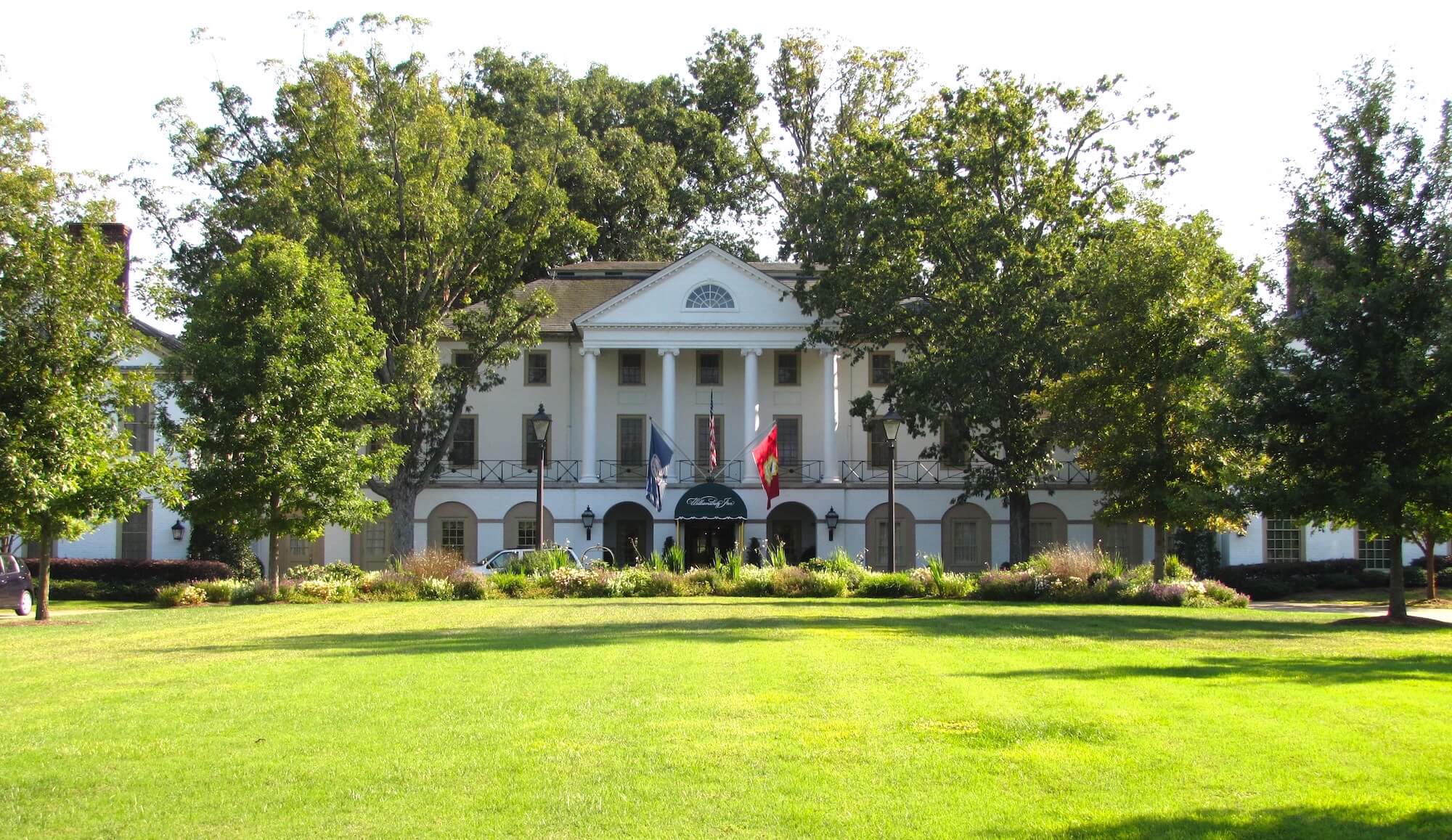
The Williamsburg Inn
And finally, the last of the 5 Fun Things to Do in Colonial Williamsburg rewards you for all that walking you’ll do here. A gorgeous boutique hotel, The Williamsburg Inn has 62-guest rooms where many dignitaries (including Queen Elizabeth II of the United Kingdom) have stayed.
As the only Five Star and Five Diamond lodging resort within the Historic Triangle, the white brick and many columned facade is a stunning example of Neoclassical design. Built by John D. Rockefeller, Jr. in 1939, it offers gourmet dining, a relaxing spa, tennis courts and a golf course.
How to Order Colonial Williamsburg Tickets
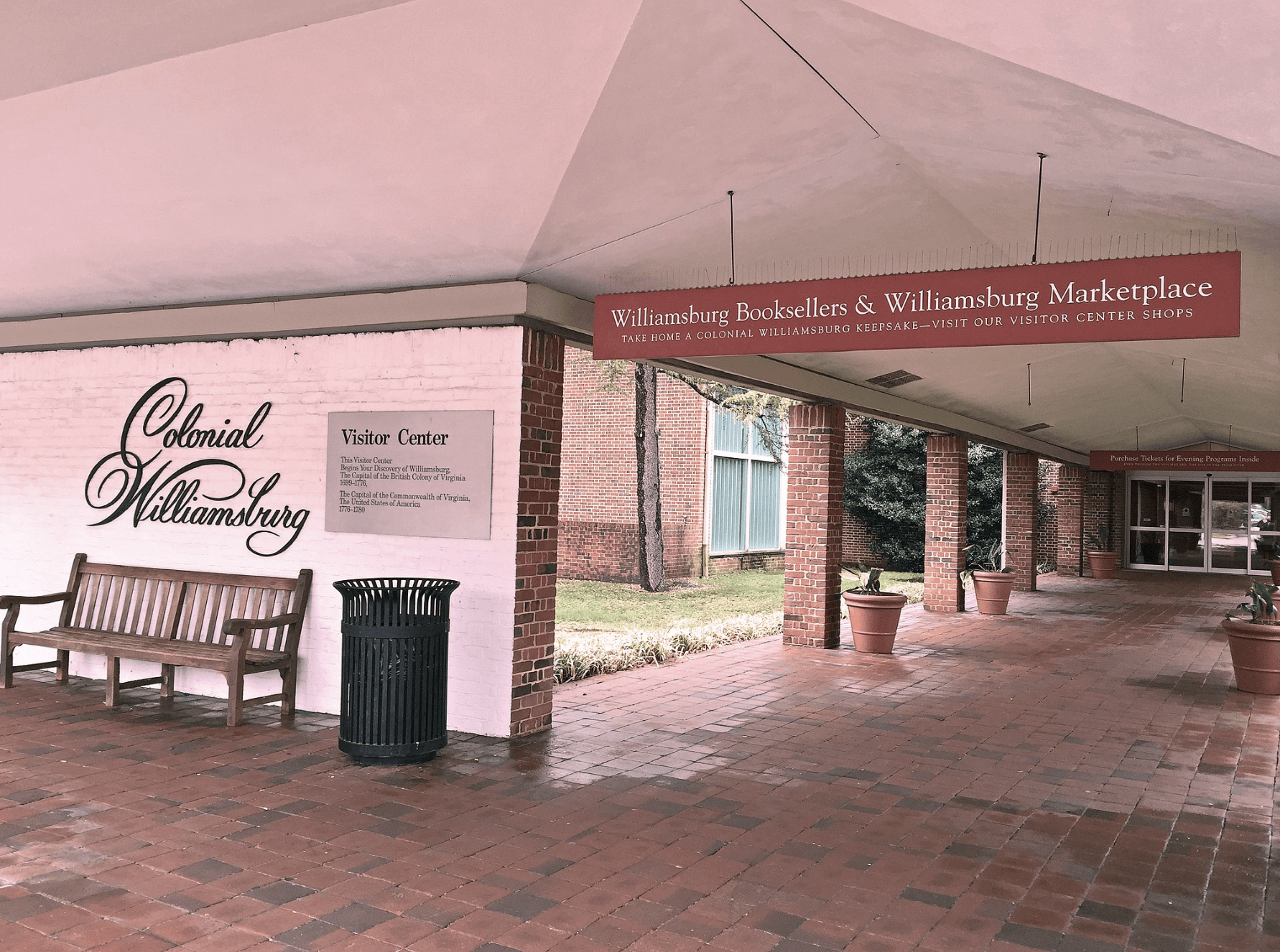
To help control crowds and to offset the costs of upkeep, tickets are required for Colonial Williamsburg. You can purchase them at the Visitors Center when you arrive or they can be ordered online through Colonial Williamsburg Resorts. Options include single or multi-day tickets, art museum only tickets, historic triangle tickets and annual passes.
Travel to Colonial Williamsburg, VA
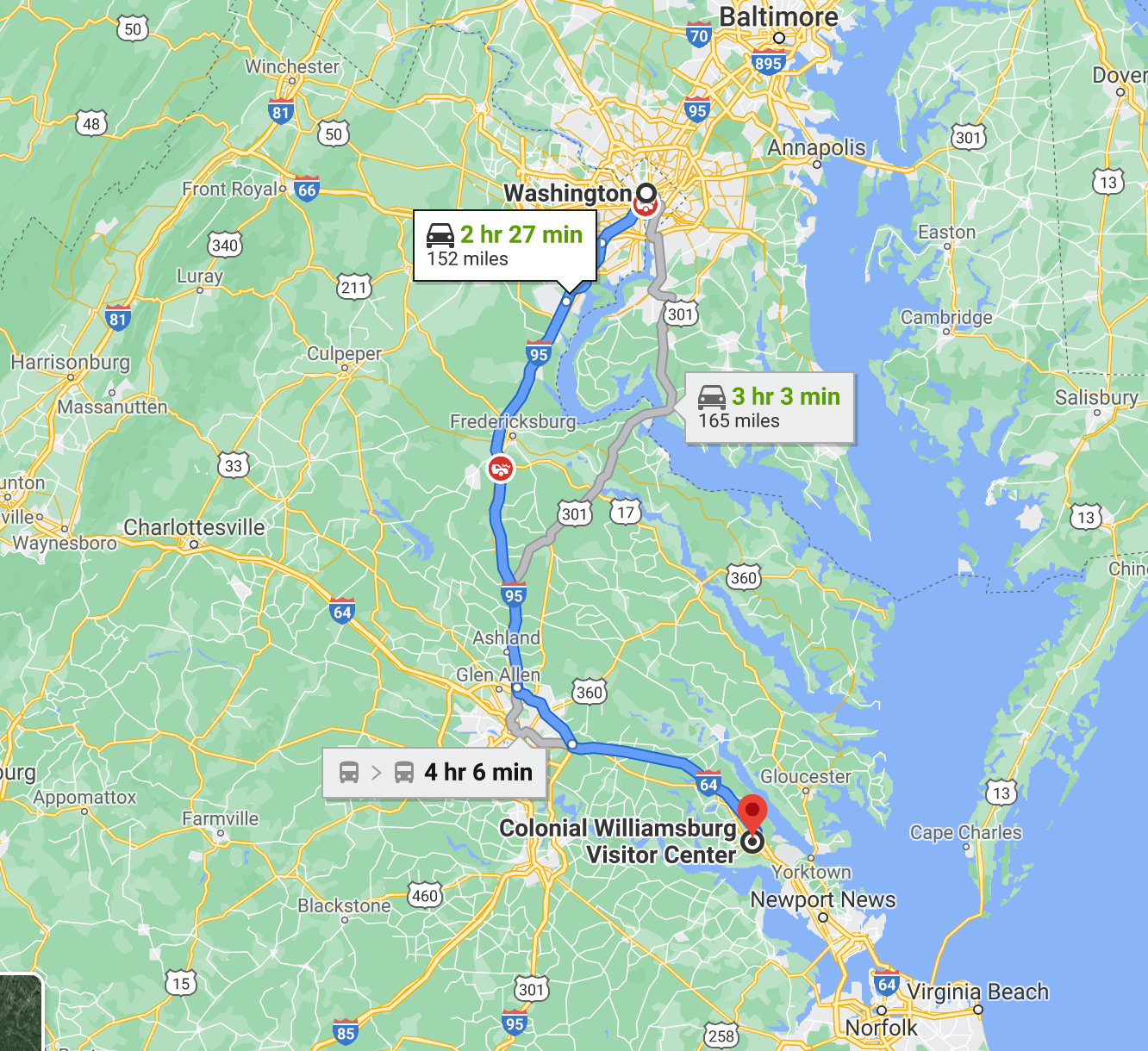
If you’re planning to travel to Colonial Williamsburg, it’s easiest to take the highway. From Washington, DC, Colonial Williamsburg is about 2 1/2 hours down Interstate 95.
Things to Do Near Colonial Williamsburg
History buffs refer to the three cities of Williamsburg, Jamestown and Yorktown as the Colonial triangle, all important sites in America’s early history.
Jamestown Settlement
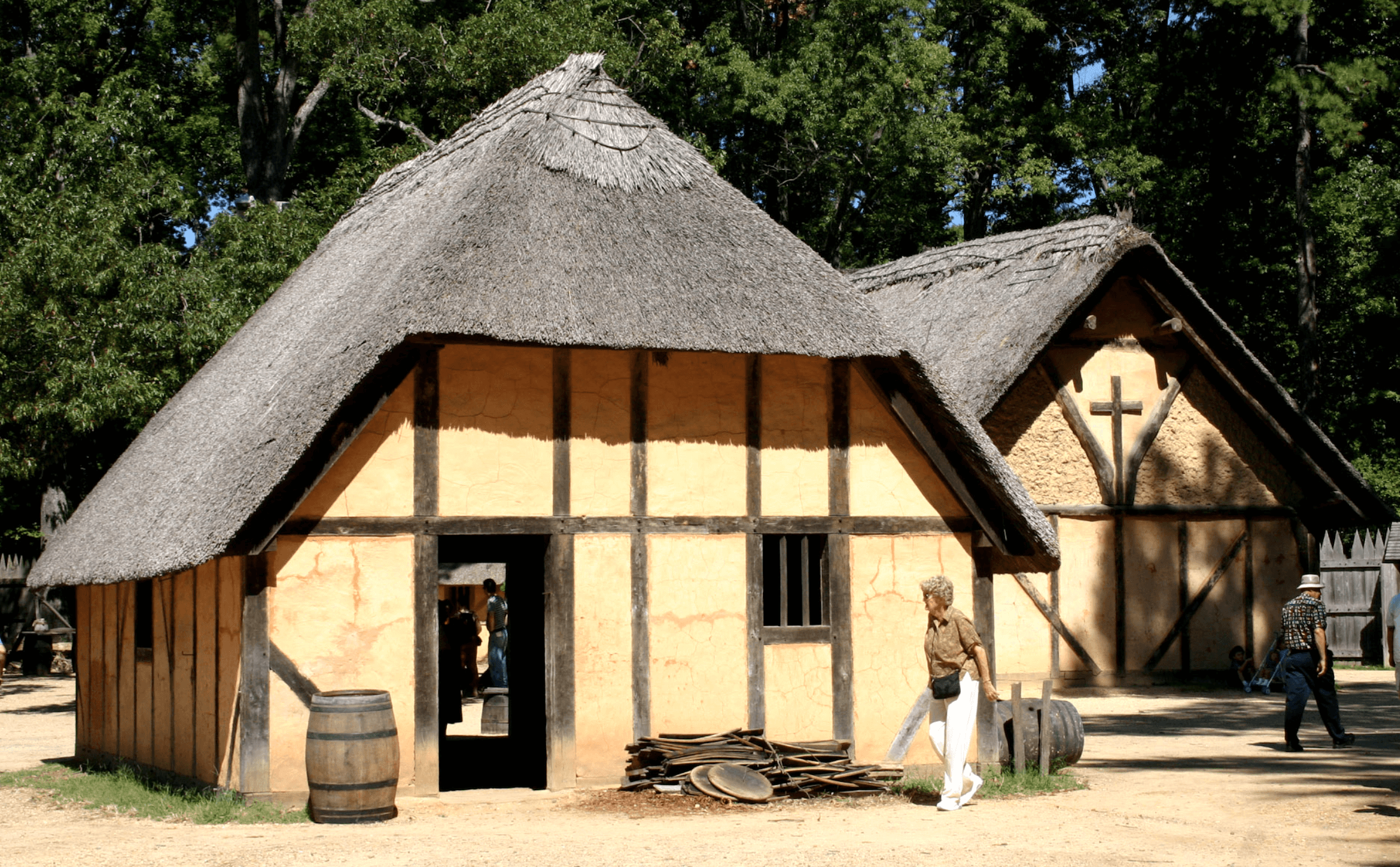
You may be amazed at the authentic workmanship as you stroll through the reconstructed town of Jamestown, built near the original site of America’s first permanent English colony. Named after King James of England, the settlement was located along the James River, and from 1616 – 1699, Jamestown served as the colonial capital.
Today, it’s both an important archaeological site and a living history interpretive site. Inside the James Fort, you can see thatched roof dwellings like the one above, as well as a storehouse, a Governor’s house and an Anglican church.
Yorktown
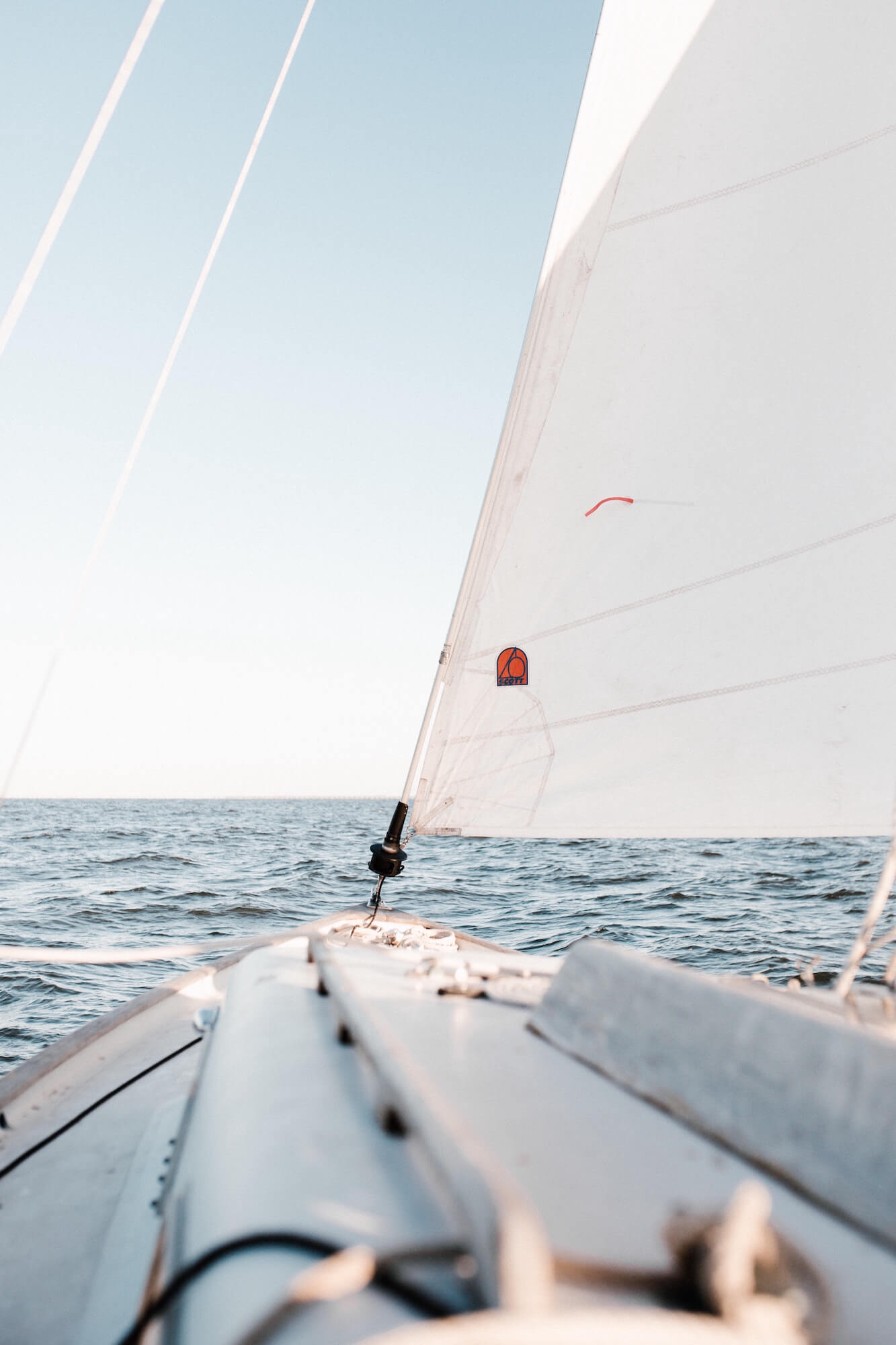
Yorktown is most famous for being the site of the last battle of the Revolutionary War, but as a port town along the York River, the beauty of the water views are what most people prize. Yorktown today is filled with art galleries, wonderful shops and plenty of outdoor dining choices along Riverwalk Landing.
For history buffs, Yorktown houses two impressive museums – one on the American Revolution and one looking at the life of those who make their living off the river called the Waterman’s Museum.
Enjoy a picnic and some sun on the sandy beach, or head into town to enjoy the bounty of fresh caught fish, shrimp, crab and other seafood served in the local restaurants each day. You can park your car and ride the free trolley or take a guided Segway tour to see all the sights in town.
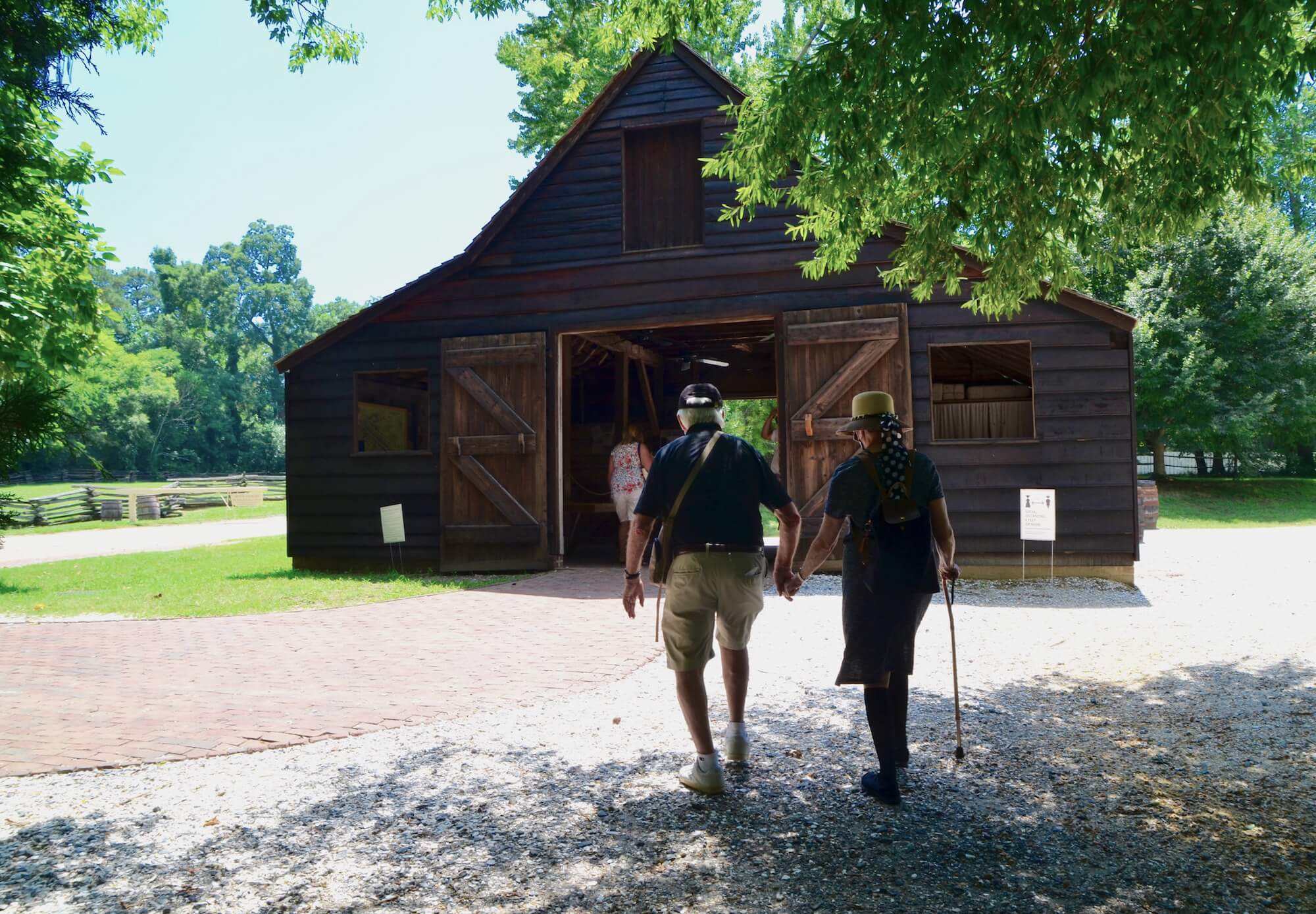
Conclusion
Not far from Washington, DC, this beautiful slice of America’s past is truly worth seeing. As you walk through this beautifully preserved 18th century town, it’s easy to feel like you are actually a part of life in this important first capital of the Virginia colony.
And, as you explore the 5 Fun Things to Do in Colonial Williamsburg, don’t be surprised if you lose a little weight. You’ll do a lot of walking here, but you can rest on the many wooden benches and find plenty of shade under the massive old trees.
If you visit in December, the town glows with holiday lights and historic decorations. There are also plenty of dining options (both historic and modern) which I will cover in a future post.
Have you ever been to Colonial Williamsburg? What did you learn in this post that you didn’t know before? Share your thoughts in the comments below.
